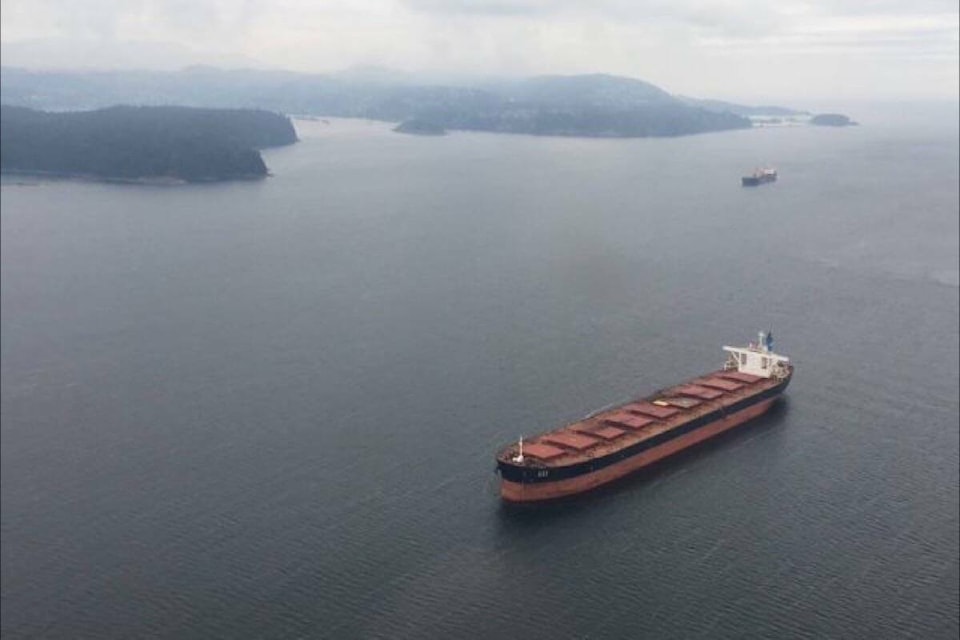To the editor,
Re: Vancouver Port Authority to host meeting in Ladysmith regarding freighter policies, Nov. 16.
Why is it that the only topics being investigated by the feds and by the port authority in the anchorage mess are more anchoring and an unenforceable voluntary behaviour code for ships at anchor? These tweaks to ship behaviour will do nothing to slow or reverse the excessive and accelerating anchoring growth. Early arrivals are the cause, a small number of ships are responsible for a majority of anchoring.
Here are some easy research topics that are not being done by anyone: a root-cause analysis behind excessive anchoring and the captains, berths, export products, brokers, owners and logistics companies associated with those ships. Ask lots of questions about why they use anchoring way more than their peers and why many ships use no anchoring at all. Use the investigation results to build preventative practices to limit early arrivals and excessive anchoring.
Study whether these same ships spend excessive amounts of time anchoring elsewhere. Investigate why. Use data to find unreported anchor drag events. Study other ports and other jurisdictions that either have similar parking issues and have reversed the situation, or that don’t have any parking issues, and ask why. Adopt policies that work to reduce anchoring. Quantify the actual amount of air pollution emitted by these ships. Build a region-wide total. Use that number to stimulate and motivate regulatory action.
Hire independent survey researchers to study public reactions to the anchoring. Report regularly on anchoring complaints from the public.
Build data models that anticipate less anchoring and therefore less crowding and calculate fuel and pilot fee savings for Canadian exporters and the improvements in loading efficiencies
Sponsor biological and environmental studies on the effects of anchoring including ocean floor damage, turbidity, noise, lights and water and air pollution and the effects on humans and wildlife.
Possible policy interventions would be to implement and enforce a just-in-time ship arrival policy, create financial incentives and disincentives to encourage compliance, and build permanent anchoring buoys inside the actual port and pack more ships into the same space.
Ted Fullerton, Gabriola Island
The views and opinions expressed in this letter to the editor are those of the writer and do not reflect the views of Black Press Media or the Nanaimo News Bulletin.
Letters policy: Letters should be no longer than 250 words and will be edited. Preference is given to letters expressing an opinion on issues of local relevance or responding to items published in the News Bulletin. Include your address (it won’t be published) and a first name or two initials, and a surname. Unsigned letters will not be published. Letters sent to the News Bulletin may also be published in the Ladysmith Chronicle.
Mail: Letters, Nanaimo News Bulletin, 777 Poplar St., Nanaimo, B.C. V9S 2H7
Fax: 250-753-0788
E-mail: editor@nanaimobulletin.com
